I’ve been thinking a lot about hero archetypes. I just wrapped revisions on a book starring an abrasive, larger-than-life showman; I’ve got two works-in-progress, one featuring a broody, damaged loner and the other a big, lovable, hapless clod; I’m editing a literary fiction manuscript for my agent whose anti-hero is very nearly a sociopath. My last release featured a warm, seductive recluse, and the one on deck (Making Him Sweat, one of Meg’s Blazes) has what Ruthie Knox and I decided could be called a “balpha”—an alpha / beta hybrid. A Golden-Retriever heart beating inside a deceptively Rottweiler-looking body—that’s Mercer.
Hero types go far beyond alpha and beta. I suspect some readers who fell in love with Willing Victim wish I’d just write nothing but Flynns, but when the chocolate sampler’s this packed with variety, I want to taste them all. I sometimes try to pinpoint a hero’s nature by musing on what animal he’d be—a social one, an opportunist? Trusting, protective, adaptable, cuddly, cunning? Here are but a few species of hero I’ve pinpointed in my musings.
(Please note, the distinction “of North America” doesn’t apply to any of this—it only served to make the title sound more Petersonian.)
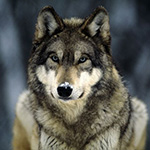 The alpha wolf. Of course, we must start here. I feel “alpha” has become shorthand for any huge, domineering hero stomping across the hills of Romancelandia, but I believe there are subtleties we’ve lost. It may feel lonely at the top, but an alpha wolf is not a loner. He’s also a leader, not a bully. He should be the physical stand-out in a group, ruthless and smart, but fundamentally distrustful, even of his brothers—after all, no one stays the alpha forever, and plenty of today’s followers are biding their time, awaiting their leader’s inevitable decline. Alphas should run to the rhythm of a ticking clock, always aware their primacy is fleeting; always straining, scanning for the hot breath of treachery on their necks. I like an alpha hero with deep, internal anxiety. If he refuses to show weakness, it’s because his very life—and identity—depends on it.
The alpha wolf. Of course, we must start here. I feel “alpha” has become shorthand for any huge, domineering hero stomping across the hills of Romancelandia, but I believe there are subtleties we’ve lost. It may feel lonely at the top, but an alpha wolf is not a loner. He’s also a leader, not a bully. He should be the physical stand-out in a group, ruthless and smart, but fundamentally distrustful, even of his brothers—after all, no one stays the alpha forever, and plenty of today’s followers are biding their time, awaiting their leader’s inevitable decline. Alphas should run to the rhythm of a ticking clock, always aware their primacy is fleeting; always straining, scanning for the hot breath of treachery on their necks. I like an alpha hero with deep, internal anxiety. If he refuses to show weakness, it’s because his very life—and identity—depends on it.
 The coyote. Now, let’s get nuanced. I think Delaney Crawford from Edie Harris’s excellent historical romance Wild Burn (out next week from Samhain—read it) is a coyote hero. He’s more raggedy than a wolf, more banged up, less respected and trusted, making his path along the edges of society. His pack is more loose, and its pecking order is tenuous. Coyotes often break from the group, preferring to operate in pairs, which I suspect would be Delaney’s preference. He’s the type to tolerate authority and societal law for the sake of employment, but happiest when it’s just him and his woman. Strider from The Fellowship of the Ring is a coyote when the story opens. Jon Snow begins Martin’s A Song of Ice and Fire books as a coyote. Fringe dwellers.
The coyote. Now, let’s get nuanced. I think Delaney Crawford from Edie Harris’s excellent historical romance Wild Burn (out next week from Samhain—read it) is a coyote hero. He’s more raggedy than a wolf, more banged up, less respected and trusted, making his path along the edges of society. His pack is more loose, and its pecking order is tenuous. Coyotes often break from the group, preferring to operate in pairs, which I suspect would be Delaney’s preference. He’s the type to tolerate authority and societal law for the sake of employment, but happiest when it’s just him and his woman. Strider from The Fellowship of the Ring is a coyote when the story opens. Jon Snow begins Martin’s A Song of Ice and Fire books as a coyote. Fringe dwellers.
 The crow. I’m writing a quasi-crow hero now (for Penguin, semironically), and I’d say Ian Kilpatrick from Skin Game is one…if you can call Ian a hero. Dark, obviously. Secretive, bright, opportunistic, curious, antagonistic, unsettling, unafraid to dig through the trash and carrion and exploit the seedier sides of life and death. A coveter, perhaps. A crow hero doesn’t exude an overt, self-conscious sexuality—his beauty’s likely something the heroine comes to discover once she’s peeked behind the ominous outer shell. I think the broody, damaged loner in my current WIP lies somewhere between crow and owl—resourceful and bright, but eager to go undetected, to move through the world unknown, a singularity.
The crow. I’m writing a quasi-crow hero now (for Penguin, semironically), and I’d say Ian Kilpatrick from Skin Game is one…if you can call Ian a hero. Dark, obviously. Secretive, bright, opportunistic, curious, antagonistic, unsettling, unafraid to dig through the trash and carrion and exploit the seedier sides of life and death. A coveter, perhaps. A crow hero doesn’t exude an overt, self-conscious sexuality—his beauty’s likely something the heroine comes to discover once she’s peeked behind the ominous outer shell. I think the broody, damaged loner in my current WIP lies somewhere between crow and owl—resourceful and bright, but eager to go undetected, to move through the world unknown, a singularity.
 The cat. Like a crow hero, but more languid. More sensual, and aware and in control of his sexual charisma. Not as conniving as a crow, perhaps more alluring than brilliant. He’s calculating, and can use his sexuality to get what he wants—why scavenge or thieve when seducing is so much more fun? He may be a fine stalker—Gabriel from my Shivaree books is a cat hero—targeting a lover, toying, feasting, licking his fingers clean. A cat will spring into action if the prize is worthy, but otherwise he’d prefer to loll around in lazy luxury. Or he may simply be a louche, elegant companion, content to prowl in a known realm—Didier Pedra is no doubt a cat hero. An indoor cat, whereas Gabriel’s a stray.
The cat. Like a crow hero, but more languid. More sensual, and aware and in control of his sexual charisma. Not as conniving as a crow, perhaps more alluring than brilliant. He’s calculating, and can use his sexuality to get what he wants—why scavenge or thieve when seducing is so much more fun? He may be a fine stalker—Gabriel from my Shivaree books is a cat hero—targeting a lover, toying, feasting, licking his fingers clean. A cat will spring into action if the prize is worthy, but otherwise he’d prefer to loll around in lazy luxury. Or he may simply be a louche, elegant companion, content to prowl in a known realm—Didier Pedra is no doubt a cat hero. An indoor cat, whereas Gabriel’s a stray.
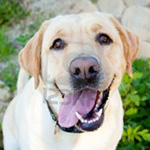 The yellow lab. To a completely different breed of hero, now. Loyal, loving, guileless, physical. A galoot. I’m writing one now for Blaze, and “beta” is too broad a term. I’ve written betas before—in Romancelandia it simply boils down to a reliable, hardworking hero, likely standing less than six-and-a-half feet tall, who does not “grit” or “bite out” throaty demands to his spunky and recalcitrant heroine. But the yellow lab hero is a step beyond, exhibiting a cheerful, nearly oblivious worldview, just happy to be around people, excited by the simple things—delicious food and physical affection and familiar faces. He gives people the benefit of the doubt, not snapping unless an occasion truly warrants it. He may be clumsy and excitable and a bit dopey from time to time, but you won’t find a more accessible heart. I believe he may be the type Charlotte Stein coined the term Big Dumb Tons o’ Fun to describe. Cross a yellow lab hero with a crow and you’ll get Jayne Cobb from Firefly—an opportunistic dolt.
The yellow lab. To a completely different breed of hero, now. Loyal, loving, guileless, physical. A galoot. I’m writing one now for Blaze, and “beta” is too broad a term. I’ve written betas before—in Romancelandia it simply boils down to a reliable, hardworking hero, likely standing less than six-and-a-half feet tall, who does not “grit” or “bite out” throaty demands to his spunky and recalcitrant heroine. But the yellow lab hero is a step beyond, exhibiting a cheerful, nearly oblivious worldview, just happy to be around people, excited by the simple things—delicious food and physical affection and familiar faces. He gives people the benefit of the doubt, not snapping unless an occasion truly warrants it. He may be clumsy and excitable and a bit dopey from time to time, but you won’t find a more accessible heart. I believe he may be the type Charlotte Stein coined the term Big Dumb Tons o’ Fun to describe. Cross a yellow lab hero with a crow and you’ll get Jayne Cobb from Firefly—an opportunistic dolt.
Let’s do one more—I could go on and on, but this post is getting long.
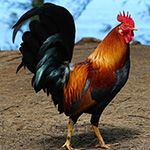 The rooster. This is the one that got me thinking about the animals-as-hero-types taxonomy in the first place. I just handed in the manuscript for Taking Him Down, the second of my MMA-themed Blazes, and I thought, “If Mercer [from the first book] is a so-called balpha, then Rich is obviously the alpha-alpha.” He’s huge, and loud, and advertises as fearless. And yet…he’s not an alpha wolf. A provider, but not a leader. He keeps men at arm’s length, not willing to feel he relies on others or owes them anything, only truly as ease with the women in his life. If he had his way, it’d just be him strutting around, looking flashy, surrounded by adoring females. And if another male came crowing, he’d happily beat him bloody.
The rooster. This is the one that got me thinking about the animals-as-hero-types taxonomy in the first place. I just handed in the manuscript for Taking Him Down, the second of my MMA-themed Blazes, and I thought, “If Mercer [from the first book] is a so-called balpha, then Rich is obviously the alpha-alpha.” He’s huge, and loud, and advertises as fearless. And yet…he’s not an alpha wolf. A provider, but not a leader. He keeps men at arm’s length, not willing to feel he relies on others or owes them anything, only truly as ease with the women in his life. If he had his way, it’d just be him strutting around, looking flashy, surrounded by adoring females. And if another male came crowing, he’d happily beat him bloody.
So those are my six. Has anyone else recently read (or written) a romance featuring a hybrid of these basic types? A rooster-cat? A lab-wolf mutt? Or a different species entirely—shark, vulture, Great Dane, weasel, cobra, chameleon? I actually find this exercise very helpful for fleshing out the nature of a new hero. Know your beast—what he needs to thrive, how he fights and what for, what threatens him and what soothes him.
I’ve been trying for days to pinpoint what sort of animal Ivan is, from Charlotte Stein’s Deep Desires…but I’m only halfway through, and he’s one of those fascinating heroes you have to dig deep to get at. Oh, here’s a dull claw! Probably a dog. No wait, it’s not a claw, it’s the tip of a horn. He must be a steer. No wait—dig dig dig—maybe it’s a rhino! Hang on—dig dig dig—it’s not a horn, it’s the business end of a tusk! Elephant or triceratops? Who in the fuck is this guy?!
Maybe Ivan’s a cuttlefish, a contrarily stealthy exhibitionist. Whatever he is, I’ll happily keep digging until I find out. It’s so much more fun than thumping a hero with the alpha stamp and calling him known.




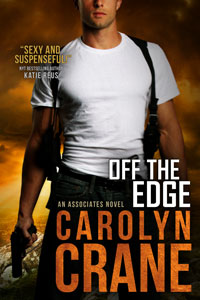
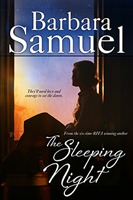
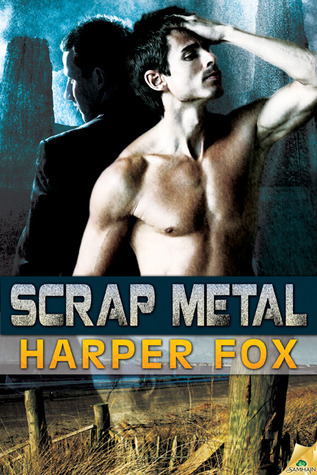
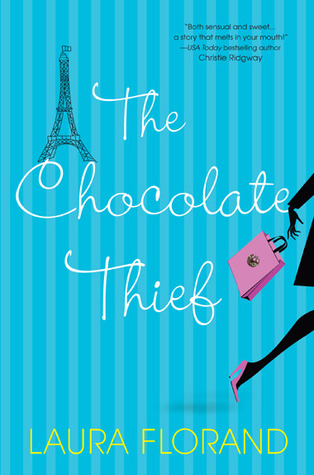
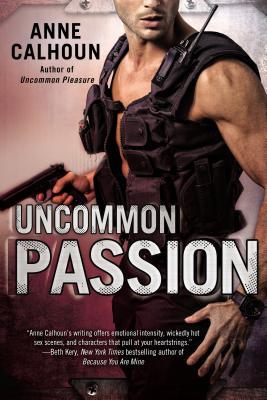
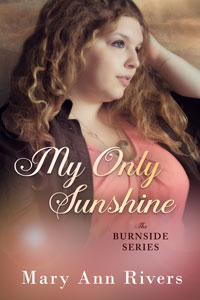
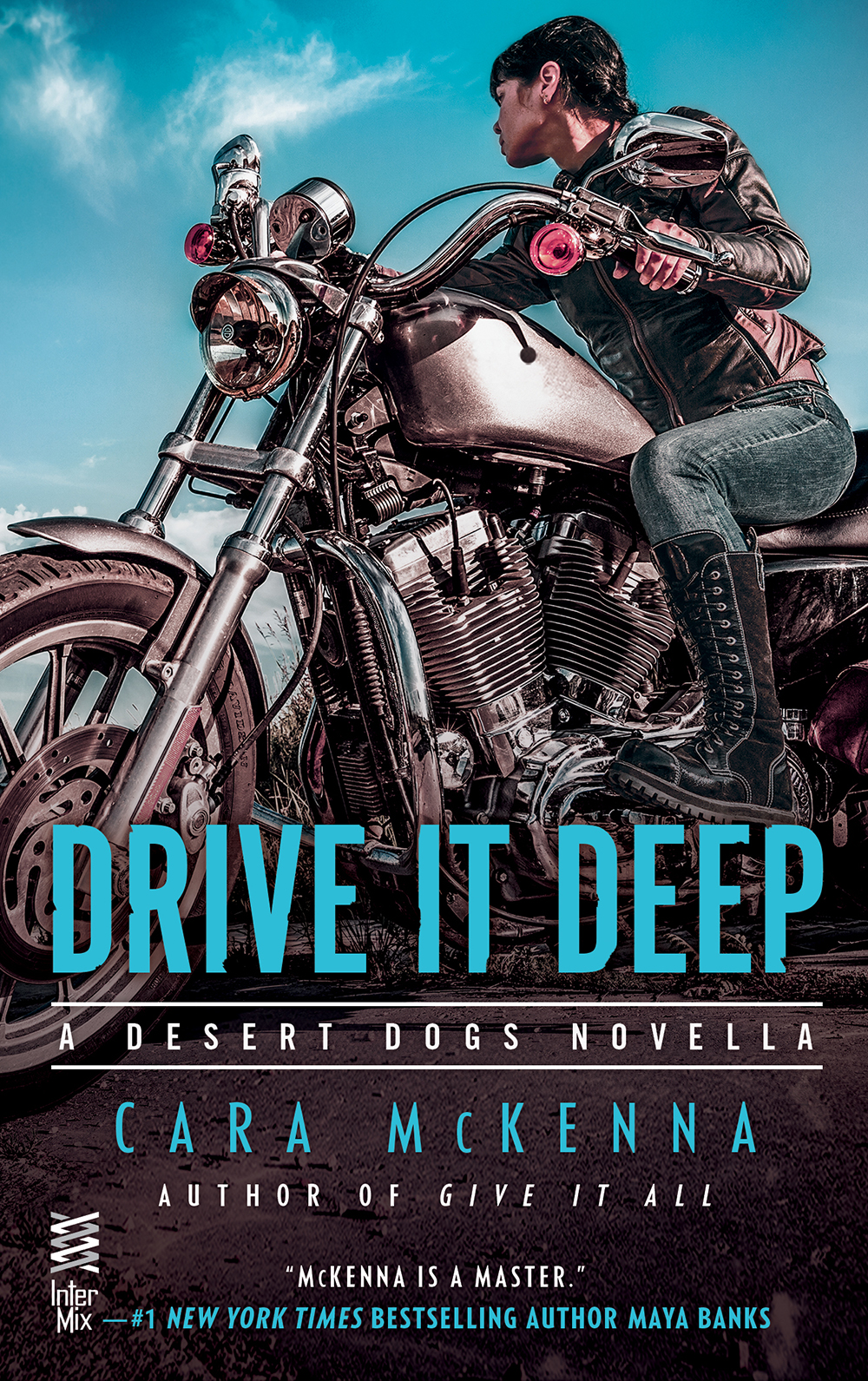
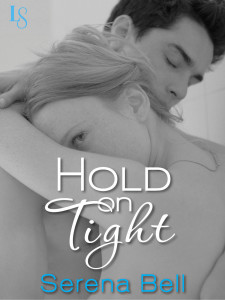
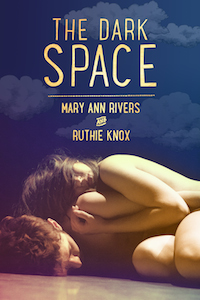
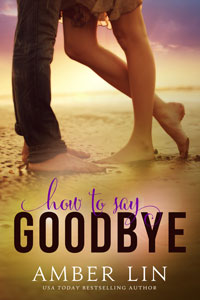
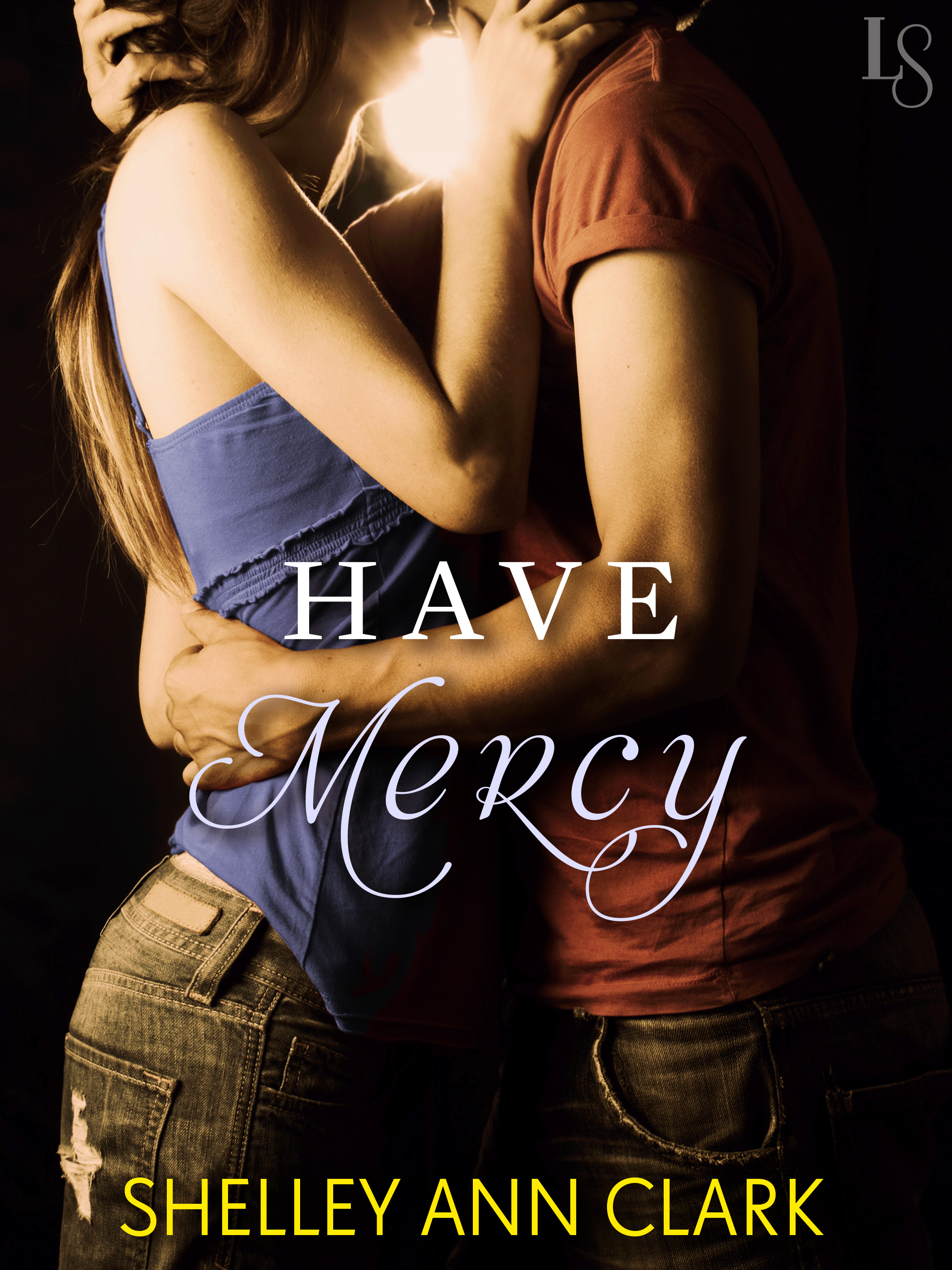
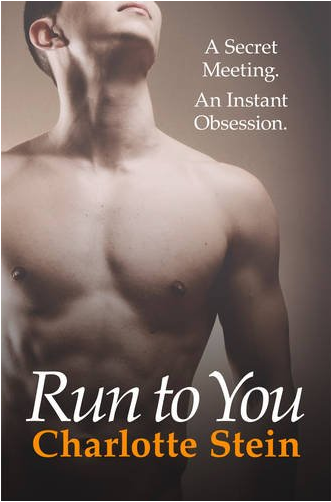
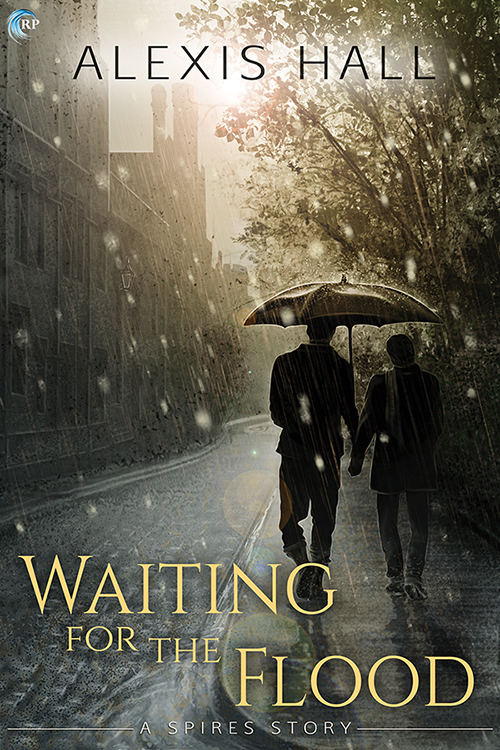
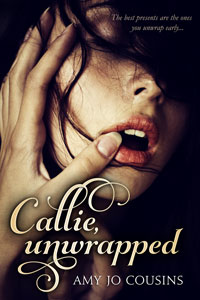
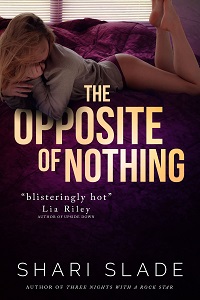
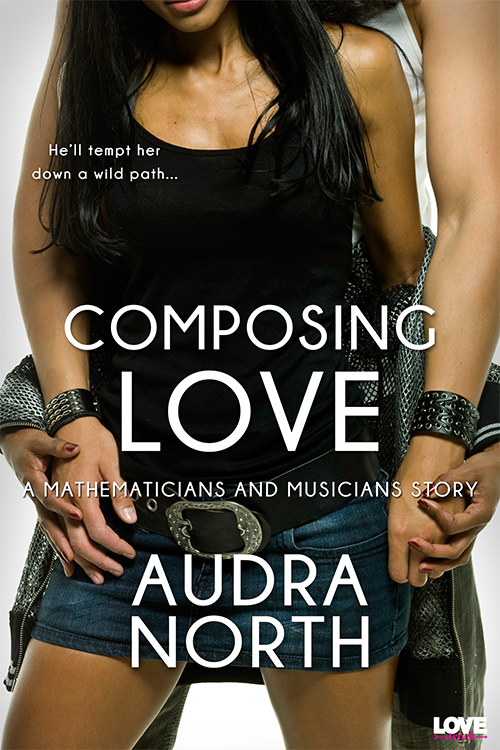
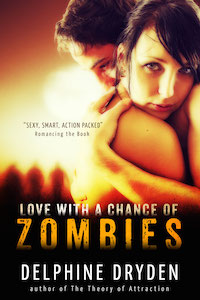
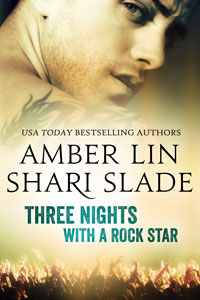
I was just having a discussion about traditional gender roles in contemporary romance, and I mentioned that in Making Him Sweat, the hero is a beta who looks like an alpha, and the heroine was sweet, yes, but totally the boss of him. But I so love the word balpha! It’s like the new vagical!
Also, I love this post and want to have its babies.
This post only breeds in litters. Is that a commitment you’re willing to make?
This is my new favorite wonkopost of ever.
It also totally made me think of that scene in Husbands and Wives where the Judy Davis character describes why she can’t have an orgasm during sex because she’s too busy mentally dividing her friends into hedgehogs and foxes.
And now I’m going to go off and analyze my heroes to decide which animals they are. I’m going to animalyze them :-)
I found it interesting that I only went with warm-blooded vertebrates, for these archetypes… Maybe there’s something too alien or robotic about turtles or hornets or eels to lend them the right depth of character. “Oh yeah, that new romance I’m reading? Textbook fiddler crab hero!”
Ooh, I love this. So much better than the alpha/beta distinction which I find both boring and narrow. The first hero I wrote is a golden retriever. Playful, exuberant, solidly friendly to everyone. And observant, with that quality well-loved dogs have of noticing absolutely every flicker of movement or nuance of tone that might have meaning to them. He’d be the kind of golden that the moment the thought crossed your mind that maybe it could be a good time to go for a walk, he’d be waiting by the door, ears up, tail wagging. Plus a little bit of that quality you get with goldens where you think maybe they’re not that bright, except then it turns out that when it comes to something they care about, they’re absolutely as smart as they need to be.
For my second book I tried to write a classic alpha and discovered that I’m not very good at the classic alpha. I think he might be a swan. Elegant, fierce in the defense of his loved ones, equal partner in nesting, and absolutely loyal. Swans don’t really always mate for life, but he did. It says something about how bad I am at writing an alpha that he wound up a mostly herbivorous bird, though!
Love this question. I’m going to spend some time today thinking about my current hero and what animal he might be!
And thank you all so much for the books! It did kill my productivity yesterday, but in the best possible kind of way. :)
Ooh, a swan! I love it. Striking and rare and surprisingly dangerous. Rowwwrrrr… I mean, honk.
OMG OMG! For anybody having trouble thinking up more animal-people things:
http://animalinyou.com/test.php
Dudes, I confess: according to this test, I am a shrew. And my WIP hero? Is a beaver.
And in the longer explanations it becomes apparent that both of these animal types are frighteningly apt. I totally am a shrew and my hero is absolutely a beaver. And that’s a sentence I never imagined typing in a gazillion years.
I’m a baboon!!!
I rethought a few of my answers to the test and discovered I’m actually a penguin!
Oh, you’re a Didier! No wonder I’ve paid to sleep [in the same hotel room] with you!
Makes me think of Fight Club, too. Slide!
I’m a penguin, too. “With a natural aptitude for languages, penguin personalities dominate the world of publishing as writers, editors and journalists” –very funny! And the putting family first part in the last line also seemed pretty spot on. Weird!
Oh dude—I had to run a hero through the test. Didier is a penguin. Go figure…?
And you know Didier is the character of yours I probably identify with most strongly, so that fits.
I look forward to your inevitable vulture hero.
Thanks, just found out I’m a hippo. The sad thing is, I think that’s an accurate assessment…
Had a friend do one of these once and she came out a whale. There are always these hidden springs for the unsuspecting…you go in thinking “panther!” And come out a wildebeest.
Love this post. It reminded me of a riff I remember Tessa Dare doing on Twitter a while back, comparing heroes to chocolates. There was something about fudge ripple that was hilarious but I can’t remember the pun – but she was also talking about mixing things up in interesting ways, like hiding a beta-filling in an alpha-shell.
I love the animal categories, though – the brilliance of the idea really shows when you made the comment about crossing a yellow lab with a crow to get Jayne from Firefly. I got a sense of how a handful of simple categories could create really complex personalities, in a way that’s easy to wrap my brain around.
I think all my (silly, unpublished) heroes have been variations on the coyote. Coyote-rooster, Coyote-golden, coyote-king cobra. Guess I have a type.
Oh, I SO want to read about a coyote-king cobra! Or at the very least, invent a drink by this name.
I think of Ivan as a unicorn: magical and with a big horn ;)
LOL on the big horn!
I actually thought of Ivan when reading about the crow up above. Is it just me or does he seem crowish? With all that dark curiosity and carion feeding?
I can’t tell yet!! He started out one thing, now he’s revealing all this other stuff…
I adore this post–it already feels like seed scattering in my brain. I will be thinking and extrapolating about it for a long time to come. I hate thinking of celebrities or having concrete pictures of my characters–zoology is going to work so much better. I imagine these animal types even shape how characters move and take up space. Bookmarking, and planning to return often! Thanks!
Awesome! I often catch myself (or my heroines, if it makes it onto the page) describing my heroes as animals. You think of a panther, and the label is worth twenty adjectives—sleek, silent, heavy, watchful, predatory, and you know exactly how his muscles must flex as he moves fluidly through the narrative. All from one word! Even informs my verb choices for a character—a panther hero would never stomp. He’d stalk, or prowl, or patrol.
Though perhaps one of these days I’ll get too loose and fruity with the comparisons and my readers will scratch their heads, trying to figure out why the back-cover blurb didn’t mention that this book was about werepanthers :-)
LOL. Totally agree– it would be easy to over do it! What I love about your suggestion of animals other than the typical panthers, etc. You might never use the metaphor explicitly, but draw on it endlessly to describe gesture and movement.
@Cara. I’m curious about the owl hero now. What’s he like? And, can he turn his head 360 degrees? LOL
Great post. You’re absolutely right that there are many categories if hero. And I think you were spot on about Jayne!
The crow-owl hero is a complete wreck—a kind-of recovered alcoholic who exiles himself to a crofter’s cottage in the Scottish Highlands in order to stop committing slow-motion suicide-by-cirrhosis. He’s also got a gnarly sexual fetish that haunts him. He’s a mess. If my editor at Penguin survives reading the proposal, it’ll be my second book with them. Tentatively titled Uncivilized.
Sadly, his neck does not swivel like an owl’s…though he does swallow his prey whole then expel their bones and fur as pellets.
Note to Penguin editor: Publish the owl. He must be read by me in the near future.
And, now I have an animal to fit the scarred, crippled, bitter, whisky-drinking whore I’m attempting to redeem in my wip.
of hero…
I just took the animal test. I’m a cross between a beaver and a penguin. I’m a beavguin. Or a pengver.
I’s say Ivan is a crow.
I think I have a special fondness for cat heroes. Sleek, charming, cool… they get me every time.
I think crow, too!
Yes! I knew he was a bird but didn’t know what kind. Yup. Crow.
Love the animal descriptions. Thanks for compiling this, Cara. It’s useful and motivating.
I’ve recently written a cyote, a golden retriever, and a “balpha”. I’m struggling to nail down my current wip hero (the love interest for the bitter, crippled whore), but I’m leaning toward wolf, not alpha, but highly loyal and protective.
Thanks to your post and some of the comments here, I no longer feel weird about writing hugely different heros from book to book. I guess some of us just like variety.
I am always seeing animals in people (“You know which guy I mean, Husbo. The goat-looking one!”), but I’ve never seen a character as an animal. Weird.
I put my current hero through the Del test, and it says he’s a Vulture. Hmm. I don’t think he’s any of the ones you list above. He might be a German Shepherd. Kind of scary looking and proud, with a tendency to snap, but smart and loyal if you’ve made it into his inner circle.
I’d like to consider expanding the application of this really inspiring innovation to characters, in general. And this post really is nothing short of a revelation. It’s an amazing kind of rare creative thinking that is both useful and germinates ideas and discussing almost effortlessly.
A lot of book and story idea generation originates with the hero protagonist, not just amongst those who write romance, either–we’re trained, as new readers even, to think of story in terms of the hero and so many of the terrific protagonists of our formative canons are heroes. The hero elevator sketch is the first salvo to our CPs, to readers, to each other, when writing; and the hero description is often the first recommendation of a book to other readers “ooh, you must read, it’s a grumpy hero!” (I believe this was the essence of *my* latest recommendation.)
I was very inspired recently by a guest post at Babbling About Books by Jill Sorenson, who was asked to participate in the blog’s Lesbian Fiction Appreciation Events by compiling her FF wish list. Jill’s list was a study in the application of compelling hero tropes (as well as strong contemporary conflict) to the FF genre. She wrote, “I’d love to find a lesbian story written by a sensitive, innovative author with a deft hand for female characterization.”*
What I got really excited about was the idea of the female and heroine characterization within the constraint of a book or story without a male protagonist/hero as the foil that *builds* the heroine’s characterization. Jill’s post sent me back to you yours, Cara, and I started thinking about how these field guide entries suggest conflict. A wolf will need to learn to trust, for example, as a part of the wolf’s conflict with the other leading protagonist–whether the conflict is built from emotional interaction or external action, a good writer will develop this conflict once inflicting the characterization. I think what I am suggesting is that this field guide may help identify conflict even as much as it identifies how a protagonist could be characterized. Which makes it useful regardless of the gender (or even position–primary vs secondary) of the character.
I’m really not going on about anything anyone of us don’t know. I just can’t help but think about this automatic lean so many of us have to the characterization of the hero–in discussion, recommendation, and reader preference–when I also feel that we care as much about heroine characterization. So, from the writers, I’m curious about who *starts* with heroine characterization? Who can identify some great heroine wolves or crows or cats, or . . . for us to read? Are there readers who look for certain kinds of heroines (like readers who really look for alpha heros or beta heros or balpha heros) and how do you find them? And who can help Jill out with tremendous FF recs that embody her wish list? Or maybe there are folks in wonkoworld who are writing them?
Thanks for this post, it really is a tremendous writerly contribution, and I’ve loved watching the resulting discussion.
*cited post: http://kbgbabbles.blogspot.com/2013/01/2013-lesbian-fiction-appreciation-event_9.html
It’s a great point, Mary Ann. Honestly, the reason I chose to dissect heroes was simply because we don’t really have a classification for heroines—we don’t say, “Oh, she’s an alpha heroine!” There was no taxonomy to expand on, there. But you’re right—these archetypes can absolutely apply to any character, male or female, lead or extra.
Most of my books’ heroes reveal themselves first, as I begin to flesh the stories out. This is probably my libido’s doing—an idea for an interesting man forms, a man I’d like to bone through the magic of my imagination, and the story follows.
There have been exceptions, of course. Two of my [Meg’s] most polarizing heroines—Libby from Headstrong and Sarah from Trespass—were conceived before their heroes. Leigh from The Wedding Fling was as well, though she’s not as alpha-ish as either of those contentious heroines; it was simply that her circumstances were the crux of the entire plot (runaway bride book), so I had to know her, first (the same sort of goes for Sarah—she was a fugitive, and far more dynamic, conceptually, than her hero, a mild-mannered equine vet widower.) Robin from Ruin Me was also the first character in that story to take shape—I knew she’d have a big decision to make and that she’d be wielding all the power, so I had to understand her, first. I suppose for me, it boils down to whomever the “power character” is—the one who’ll change the most, perhaps, or the one with the most control, or both. The most dynamic one, to be tamed by a complementary love interest. The alpha, basically, be they male or female.
It makes me wonder about those most disliked heroines, Libby and Sarah, and how those two were basically the cagey rakes of their romances—slow thaws with spurious morals, some lack of regard for others’ feelings, opportunistic and manipulative, but ultimately tamed by the love of a good
woman.Your point regarding change and control is a really powerful one and a better expression of what I was trying to get at with what I said about characterization suggesting conflict. It makes sense, as a writer, that the starting point would be whichever character will bite into the paper and anchor the swing of the compass’s arm in the circle around them.
As a reader, I am always on the lookout for polarizing heroines in reviews and discussion, because it almost always means I will like the book. I loved your Sarah and Libby, and those characters are why I reread those books. Dahl is one that often surfaces in discussion in regards to the cagey, rakish heroine, and why I read her books. I was enchanted with Sarah Mayberry’s latest, The Other Side of Us, for the Coyote-like (with extra cactus spines burled in her fur) heroine.
I like that you took this a step further with the idea of “tamed.” It begs the question how each of these creatures might be domesticated? And under what circumstances? And why? What about being wild *doesn’t* suit the “alpha?”
I really appreciate that you explicated the development of your heroines, here. It’s fascinating.
This is going to be an underdeveloped thought, because I’m short on time — but I suspect that heroine conflict is often under-read, even when it’s there. As though heroines are (almost) all read as domesticated animals to begin with, so whether she’s a tamed tabby or a tamed otter or a tamed owl, her character shifts register very little to the reader unless they are so BIG and contrasted with a hero whose shifts are obviously less important that she butts herself to the forefront of the story.
I am, perhaps obviously, thinking about my current WIP. But I suspect this half-assed observation applies more broadly.
Perhaps the difference between a wonky romance writer and a non-wonk is that the wonky writer can and does write multiple types of hero, while the non-wonky repeats the same vision of masculinity over and over and over, just changing the name and the job?
Mmmm… I think there are non-wonky writers who do have variety. But certainly the writers who tend to write the same kind of characters every time also tend towards conventional tropes and less originality in general.
Love this post and especially —> “Cross a yellow lab hero with a crow and you’ll get Jayne Cobb from Firefly—an opportunistic dolt.”
Ivan is definitely some sort of bird perched on a branch going through various gyrations, and finally the bird on the branch across from him notices and realizes he’s performing species-specific courtship behavior, because she’s his species, too.
I loooooooooooooooooooove this assessment. Perfect.
Aww, swoon!
You know that Rilke line, “Love consists in this, that two solitudes protect and touch and greet each other”? Lots of that in your work. LOVE. IT.